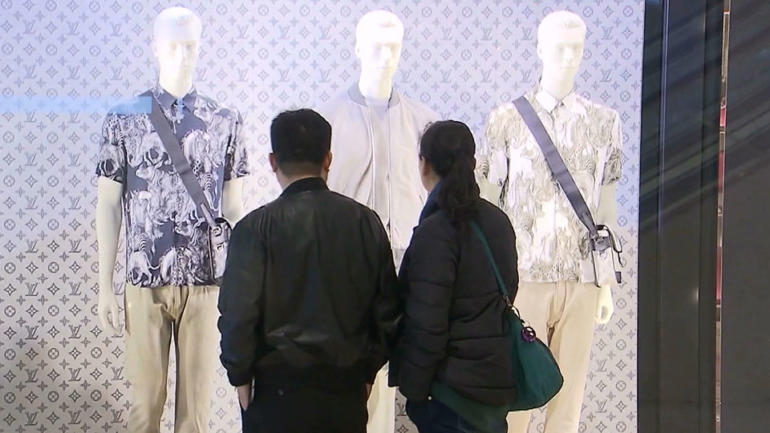China’s fashion market has been growing rapidly since the country launched its reform and opening policies 40 years ago.
Chinese knew little about foreign brands then, but now decades later, China has become the world’s largest market for foreign fashion. At the same time, Chinese firms are moving into foreign markets.
CGTN’s Chen Tong has been talking to the brands and the experts to find out more.
It’s not the first time French cosmetics brand YSL has held an event like this in China.
The company has taken over a corner of an art museum in Shanghai and turned it onto a “beauty hotel.”
Open a room door and you see a full range of skin care products.
The idea is to grab the attention of as many Chinese customers as they can.
“Currently, our target really is the millenniums who are young, chic, edgy, cool, subversive, unconventional, who have different attitude of life toward more dynamic. Those are the core users of YSL Beaute as of today,” Sebastian Xing, Brand Director with YSL Beauty said.
China’s millennials are the key driver of the country’s expanding fashion market.
Industry researcher Bain & Company said 32 percent of the world’s luxury purchases were made by Chinese consumers last year, while young consumers being most purchasers of cosmetics, jewelry and clothing.
Another consultancy, McKinsey & Company, predicts China will overtake the United States as the world’s largest fashion market in 2019.
What’s behind all this is the consumers’ increasing understanding of brands and brand choices.
“Chinese consumers now travel more and have become more internationalized,” said Ji Yun, General Manager of T-Mall Cosmetics. “They make their own judgements and make their own choices about brands and brand values.”
It’s not that foreign brands are necessarily dominating China’s fashion market.
Famous domestic brands are changing their approaches in order to attract more customers.
More and more Chinese designers are attending foreign fashion weeks, while domestic clothing brands including JNBY, Anta, Lining and Bosiden have all opened retail stores overseas.
“Domestic designers and brands have become more powerful and influential in international markets since the 1990’s,” explains Shao Dan, Fashion & Design Lecturer at Donghua University. “Some influential brands including Lining and Bosiden have launched traditional Chinese designs combined with western elements. They’re increasingly influential globally.
With domestic and foreign brands mixing and matching at this rate, McKinsey & Company says that by 2025, China will add spending power roughly equivalent to that of Germany’s current Gross Domestic Product.
Julie Zerbo discusses China’s growing demand for luxury fashion brands
CGTN’s Elaine Reyes talks with Julie Zerbo, founder and editor-in-chief of The Fashion Law, about China’s demand for luxury fashion brands.
 CGTN America
CGTN America
